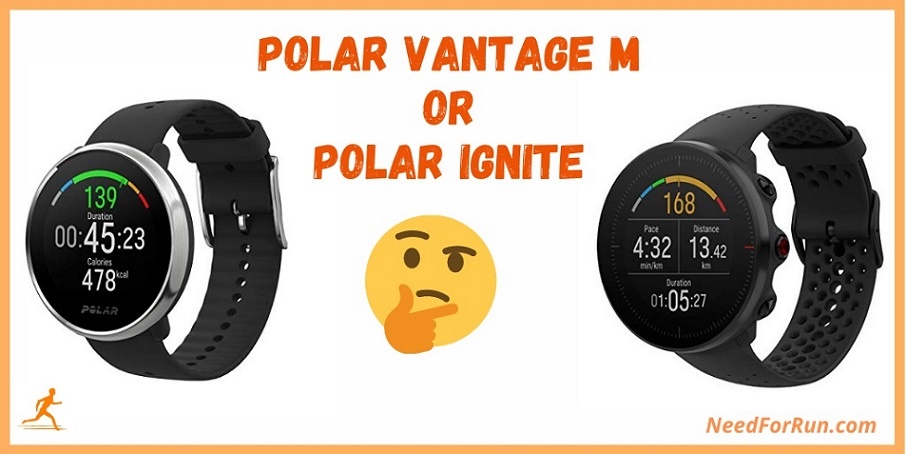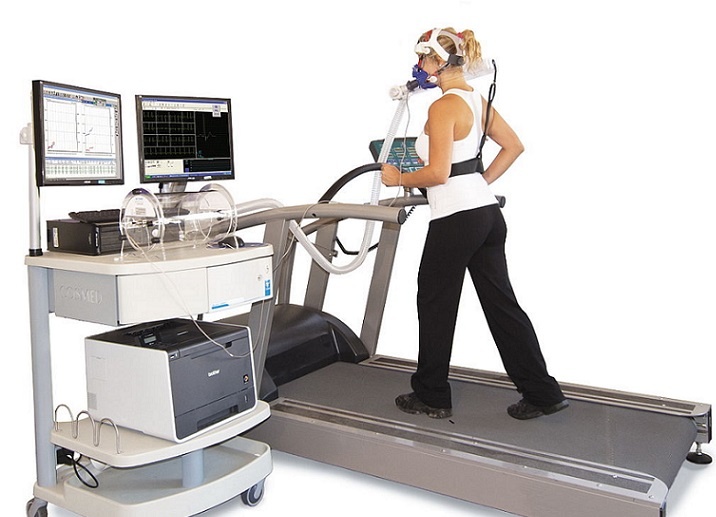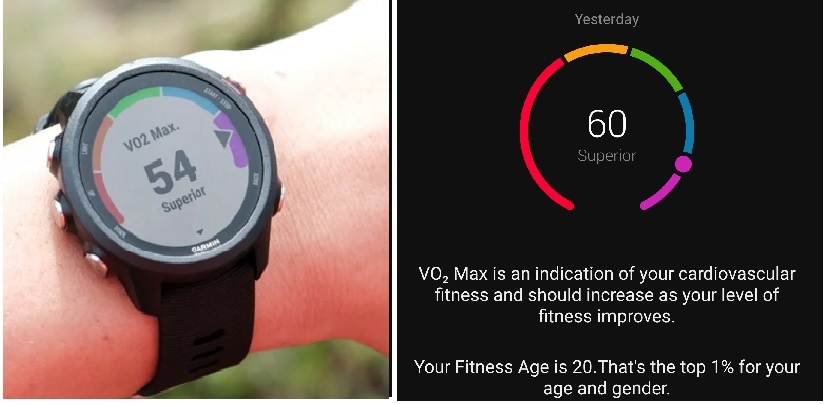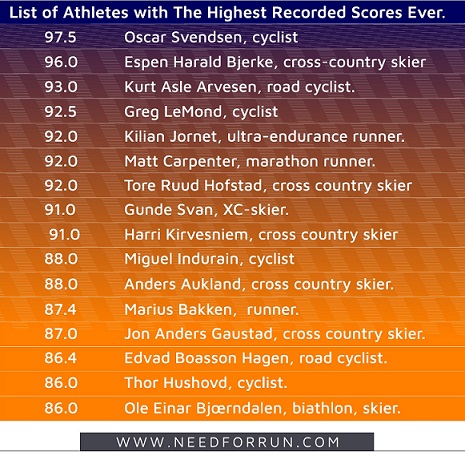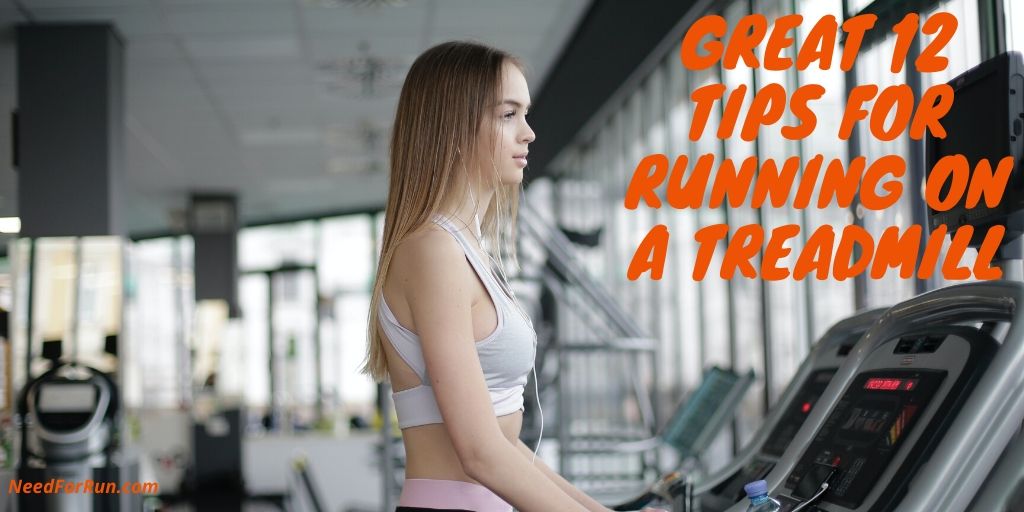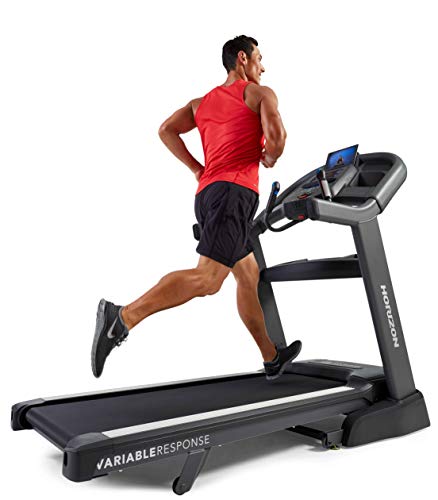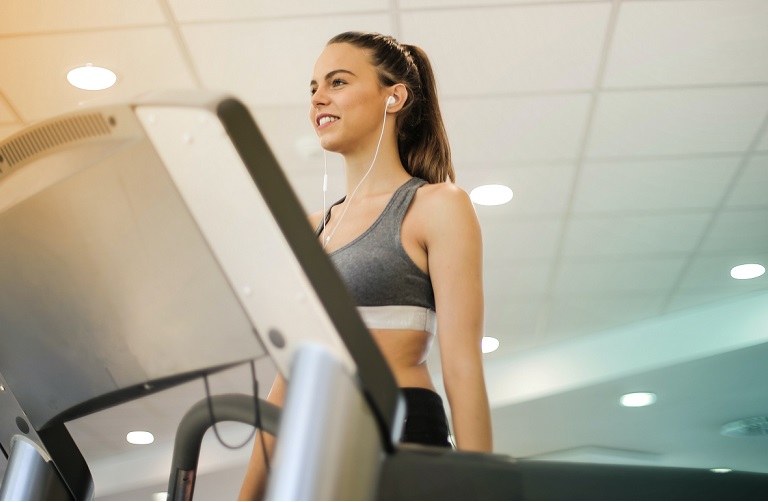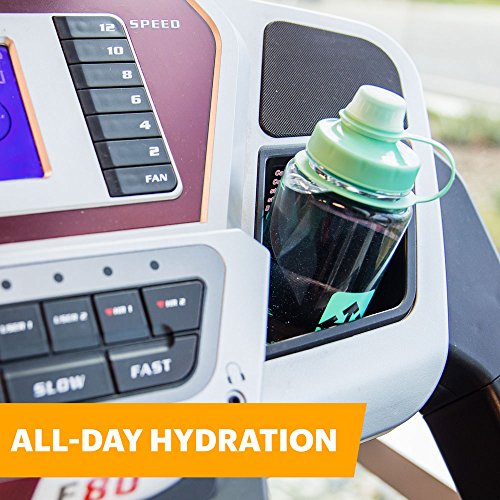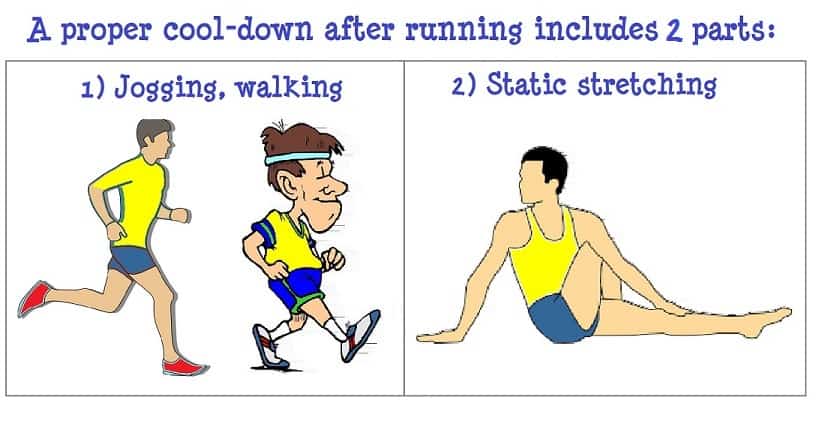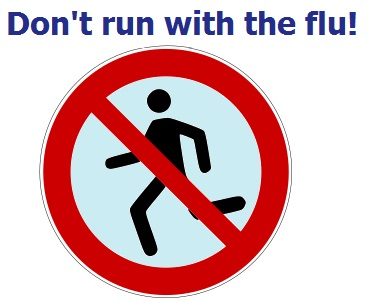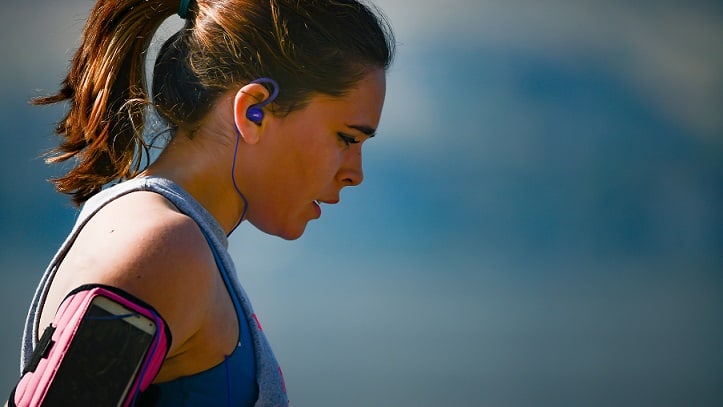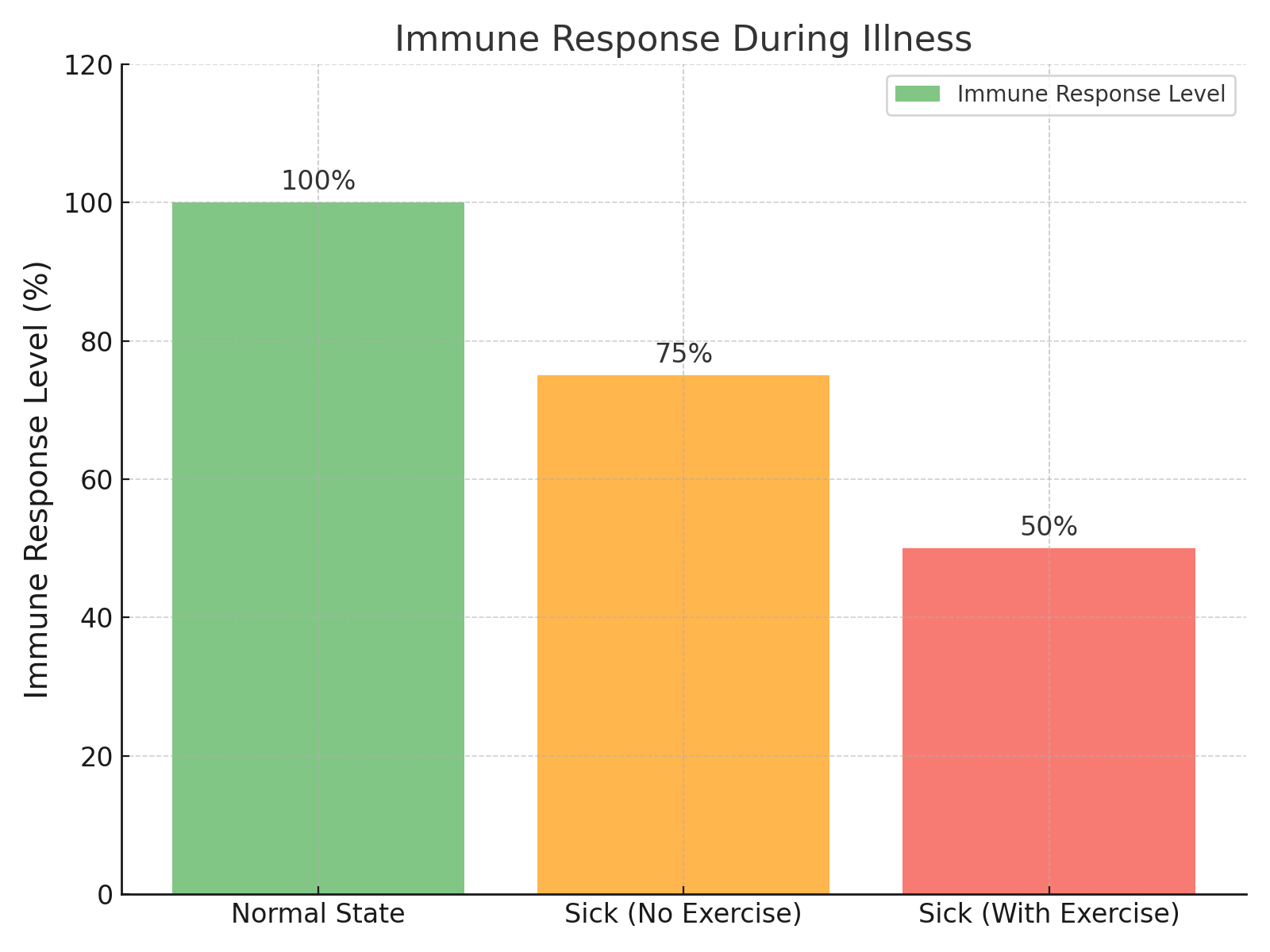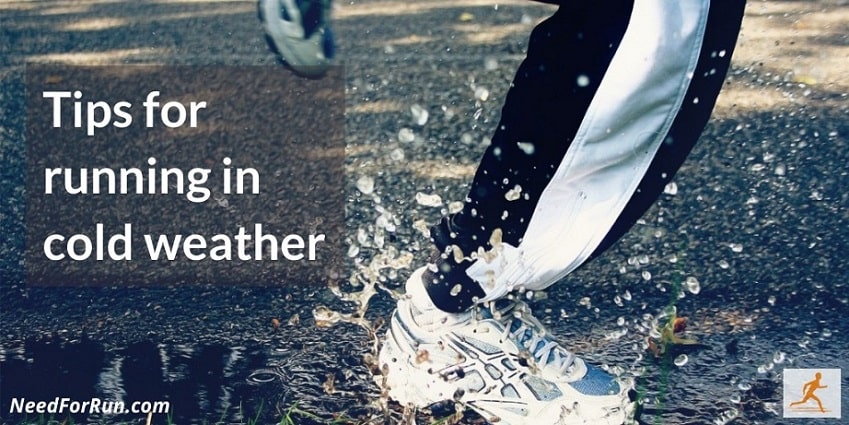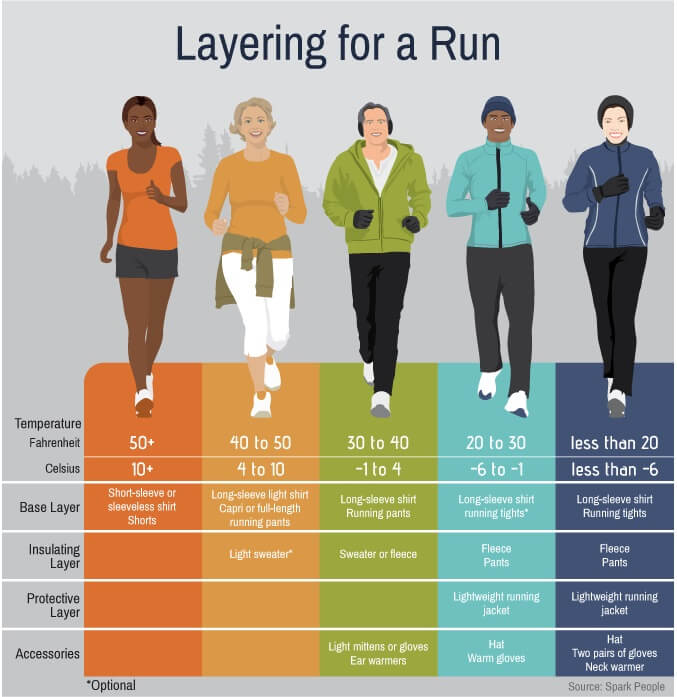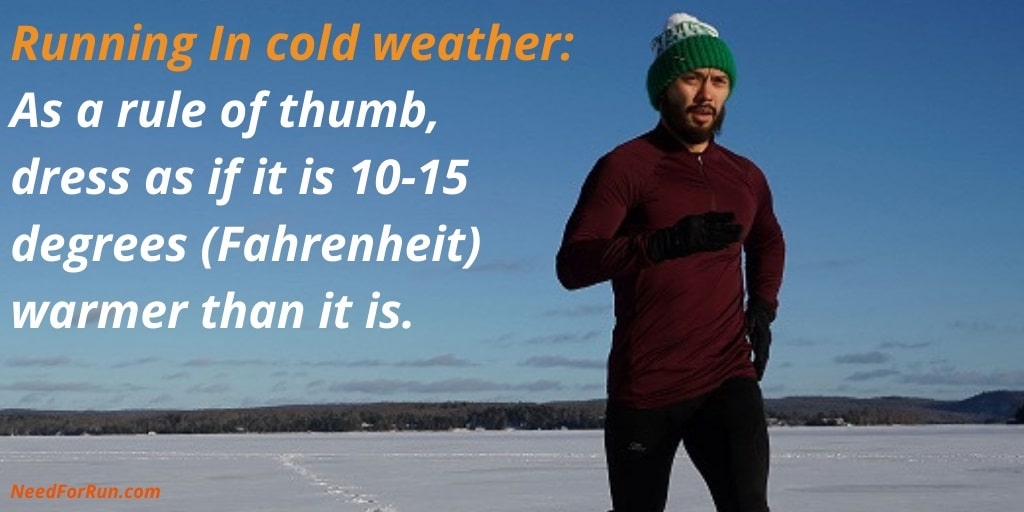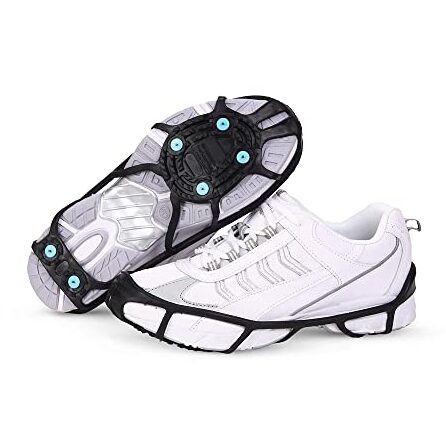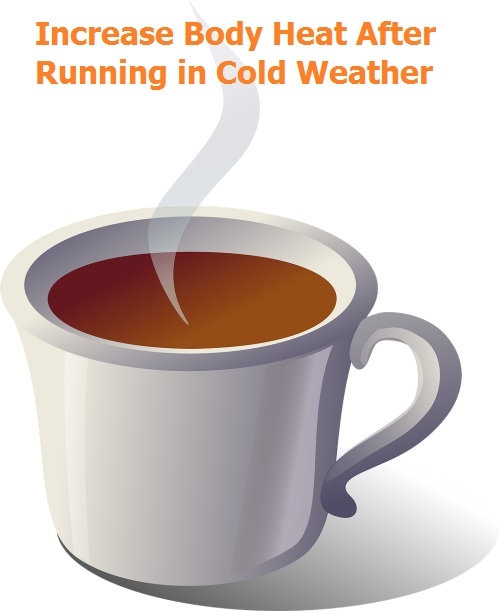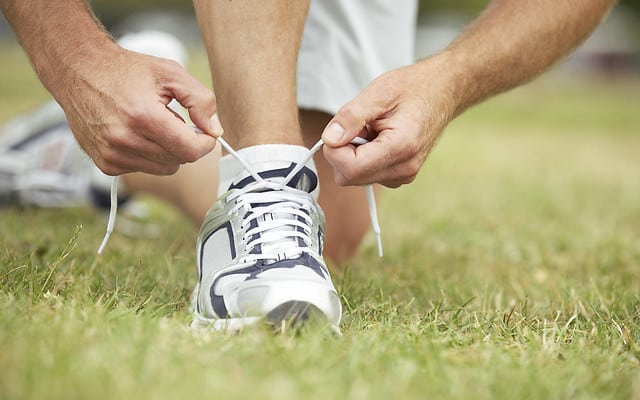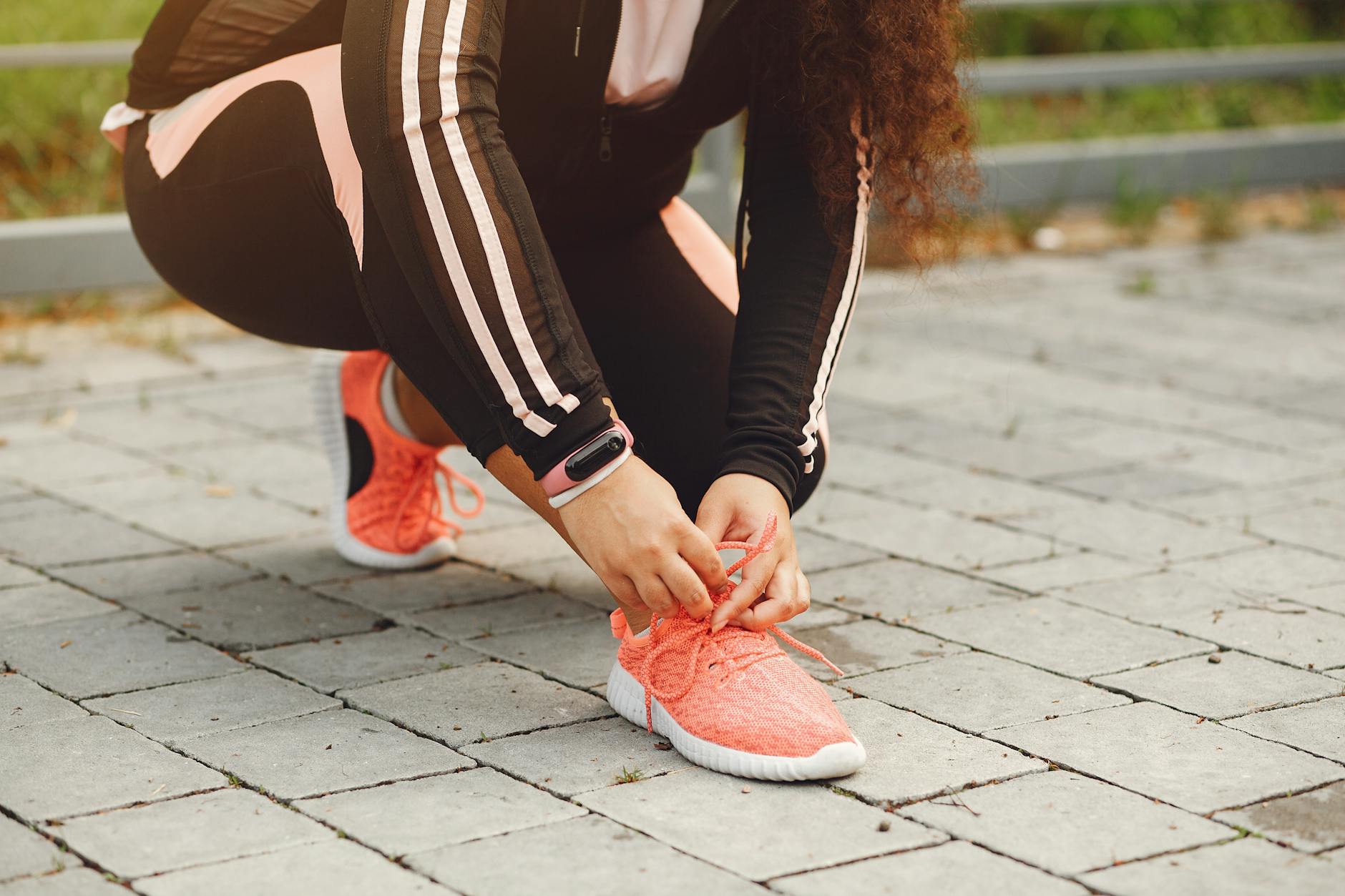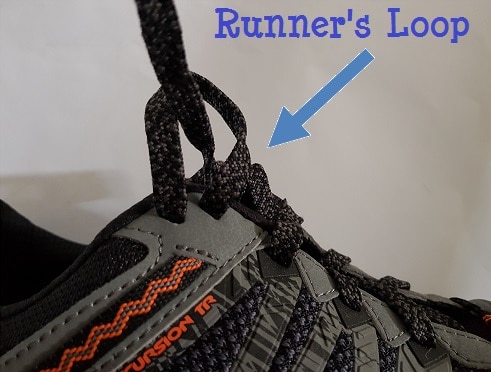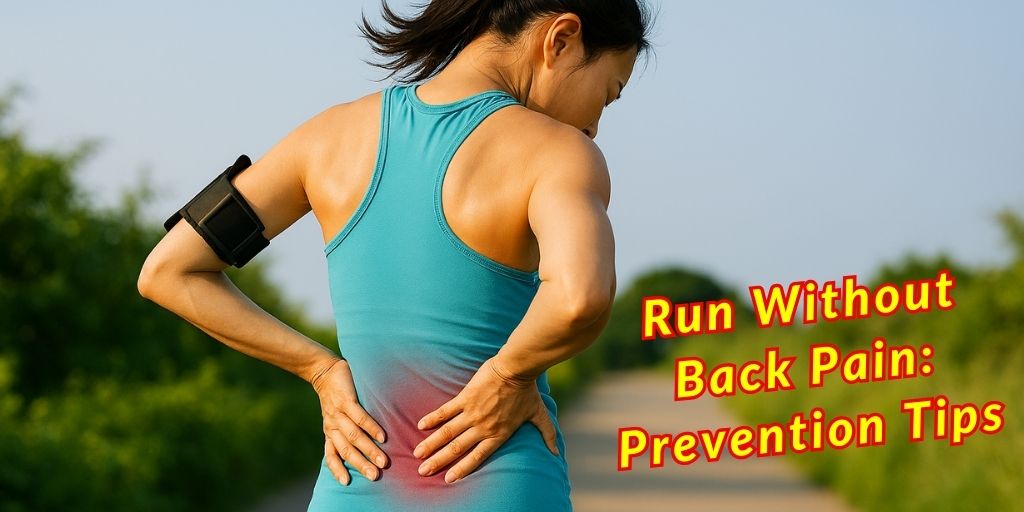
Lower back pain is a common complaint among runners, although research shows that people who run regularly actually report fewer back problems than those who do not. This means that running itself is not harmful to your back, but certain factors can increase the risk of discomfort or injury during and after a run. Understanding these causes is the first step to preventing pain and staying healthy.
A sedentary lifestyle is one of the strongest predictors of recurring lower back pain. For runners, however, the main triggers are usually different. The most frequent causes of lower back pain while or after running include:
- Hyperlordosis occurs when the lower back is stressed or carries extra weight, causing an exaggerated arch that can lead to muscle pain or spasms.
- Muscle strains and sprains.
- Degenerative disc disease (DDD) refers to the gradual wear and tear of the spinal discs.
Disclaimer: This article is not intended to provide medical advice, diagnosis, or treatment. Always consult a physician or a qualified healthcare provider with any questions you may have regarding a medical condition or health concern.
📌 Quick Summary: Lower back pain in runners is often linked to posture issues, muscle strains, or spinal disc wear. Running itself does not usually cause the problem, but factors like poor form, weak core muscles, or overtraining can increase the risk.
Below are 8 practical tips that can help you prevent lower back pain during and after running.
1. Choose the Right Running Shoes
Wearing the wrong or worn-out running shoes is one of the most common contributors to lower back pain. The right pair should match your foot shape, running style, body weight, and the surfaces you usually run on. If your shoes are not suited to you, each step can send unnecessary stress up your legs and into your spine.
ℹ️ Learn more: What to look for when buying running shoes?
The Cushioning Factor
While highly cushioned shoes absorb shock and protect the joints, they may also alter the way your foot strikes the ground. Research has shown that runners often land harder on cushioned surfaces. In some cases, this shifts impact forces toward the midfoot or toes instead of the heel. Over time, this misalignment can travel upward and contribute to lower back pain.
The Role of Insoles
Insoles or orthotic inserts can sometimes reduce back pain, especially for runners with pronated feet, imbalances, or other biomechanical issues. Studies suggest that orthotics can improve foot function and help lower the risk of developing recurring back pain.
2. Strength Training for Runners
Strength training plays an important role in preventing back pain. Exercises that build strength and improve posture reduce the stress placed on the lower back while running.
When the core, glutes, hips, or hamstrings are weak, the back muscles must work harder to stabilize the body. Over time, this compensation can lead to fatigue and pain. By strengthening these muscle groups, you give your spine better support and lower your risk of injury.
The Office of Disease Prevention and Health Promotion recommends doing back-strengthening and stretching exercises at least two days per week. Adding simple, runner-friendly moves can make a big difference:
- Plank (core): Hold for 20 to 45 seconds, repeat 2 to 3 times.
- Glute bridge (glutes and hamstrings): 10 to 15 reps, repeat 2 to 3 sets.
- Side plank (obliques and hips): Hold for 15 to 30 seconds each side, 2 sets.
- Walking lunges (hips, glutes, hamstrings): 10 to 12 steps per leg, 2 sets.
- Bird dog (core and spinal stabilizers): 8 to 12 reps each side, 2 sets.
💡 Including these exercises in your weekly routine can improve stability, reduce strain on the lower back, and make your running form more efficient.
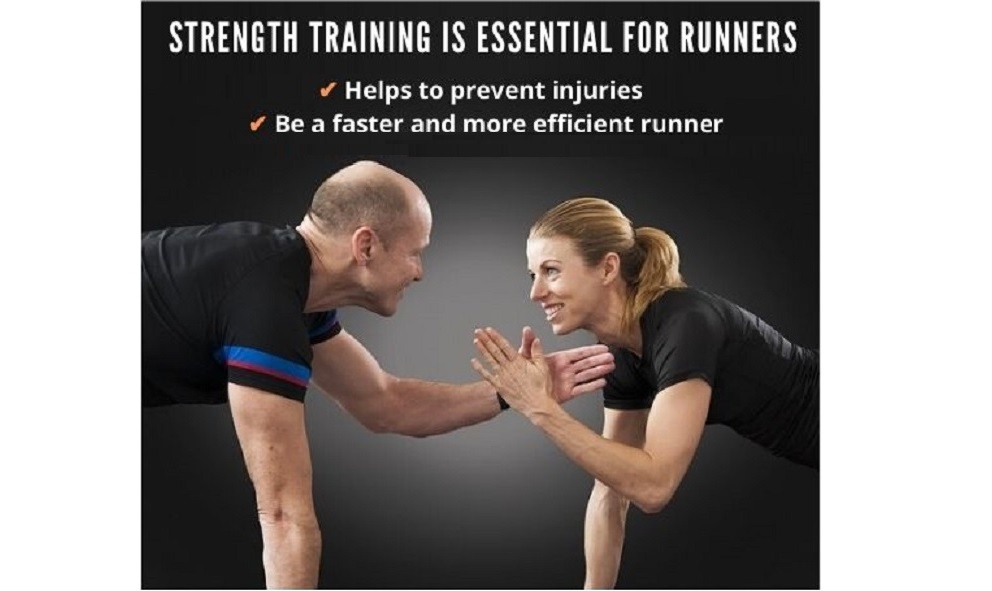
3. Do a Proper Warm-Up
A good warm-up prepares the body to run more efficiently and lowers the risk of injury. For runners dealing with lower back pain, warming up properly is especially important.
An effective warm-up should include three key steps (as explained in detail in the Warm-Up Before Running guide):
- Dynamic movements to loosen muscles and lubricate the joints.
- Running technique drills to activate the right muscles.
- Walking or easy jogging to gradually increase heart rate and blood flow.
To protect your lower back, it also helps to add spine-focused movements. A simple exercise like Cat-Cow can improve flexibility and relieve tension in the lumbar area.
For more ideas, check out these 7 warm-up exercises to protect your back that you can easily add to your routine: Warm-Up Exercises to Protect the Back 👈
4. Avoid Overtraining
Overtraining happens when you push your body beyond its ability to recover. Without enough rest, the risk of injuries and pain increases, including in the lower back. Muscle strains, ligament stress, and recurring stiffness or spasms often appear when recovery is neglected.
Common Signs of Overtraining
- Persistent injuries or muscle soreness
- Decline in performance despite more effort
- Heavy, tired legs
- Constant fatigue
- Irritability or mood changes
- Feeling slower or weaker during workouts
- Loss of motivation to train
- Reduced appetite or unexpected weight loss
- Missed menstrual cycles in women
- A resting heart rate that is higher than normal
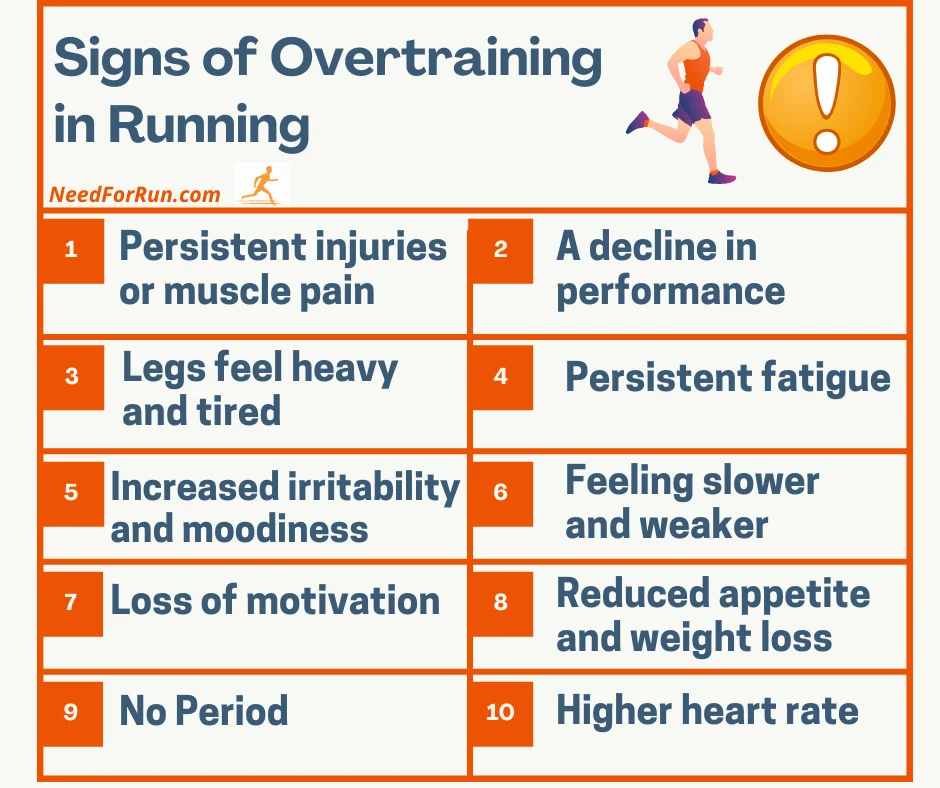
How to Prevent Overtraining:
- Follow a structured training plan:
Increase mileage gradually rather than making sudden jumps.
- Take regular rest days:
Allow at least one full day of rest after an intensive run.
- Use the “fourth week rule”:
Reduce weekly mileage by about 50 percent every fourth week to give your body extra recovery time.
- Cross-train wisely:
Add low-impact activities such as cycling, swimming, or yoga. This gives your running muscles a break while still improving overall fitness.
- Strength training:
Include strength sessions that target your core, glutes, and legs to support running performance and reduce injury risk.
📌 By balancing training with recovery, you will improve performance and reduce the likelihood of developing lower back pain.
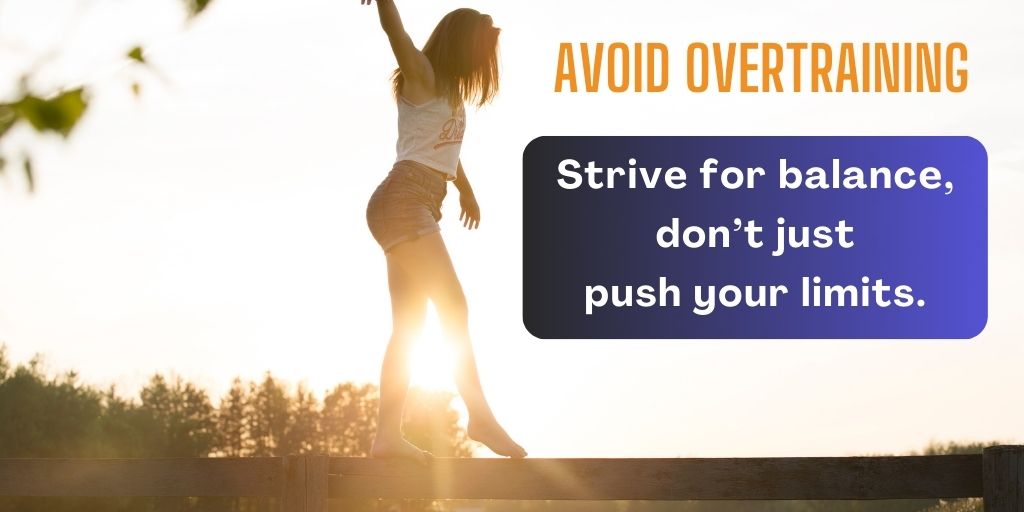
5. Get Quality Sleep
Sleep is one of the most important factors for recovery. During the night, the spine has a chance to rest, repair, and decompress after the stresses of running. Getting enough quality sleep can reduce the risk of lower back pain and help your body handle training better.
⚠️ However, oversleeping can have the opposite effect. People who regularly sleep much longer than average are more likely to experience stiffness and back pain.
Common reasons for back pain after sleeping include:
- An old or unsupportive mattress that no longer keeps the spine aligned.
- Poor sleeping position, such as twisting the body or lacking proper support.
- Staying on your back for long periods without changing positions can put pressure on the lower spine.
Choosing the right mattress and practicing good sleep habits can go a long way toward protecting your back and improving overall recovery.
6. Maintain Good Running Form
Poor running technique can place extra stress on the lower back and eventually lead to pain or injury. Good form, on the other hand, reduces impact, keeps the spine supported, and makes running more efficient.
📌 Key Principles of Proper Form
Most experts agree on the following cues:
- Run from the hips and drive forward with your knees.
- Lean slightly forward from the ankles, keeping the spine at a natural angle.
- Keep the torso upright, with your head up and eyes looking forward.
- Relax the shoulders and pull them slightly back.
- Swing your arms naturally, with elbows bent at approximately 90 degrees and close to your body.
- Be mindful of foot strike. Although many runners, including elites, are heel strikers, landing on the midfoot or forefoot is generally recommended. This helps reduce stress on the joints and lowers the risk of back pain.
📌 Special Note: Treadmill Running
When running on a treadmill, posture becomes even more important:
- Keep your shoulders back, body upright, and head up.
- Avoid leaning forward too much. The treadmill belt already pulls your feet back, and leaning excessively can strain the lower back and neck.
- Lean forward only if you are running on a steep incline, which may require it.
ℹ️ By focusing on these posture and movement habits, you can protect your lower back, improve efficiency, and reduce your risk of recurring pain.
7. Yoga For Runners
Yoga combines movement, controlled breathing, and relaxation, and it is often recommended not only for easing back pain but also for reducing the stress that comes with it.
Even a few minutes of yoga each day can help prevent or relieve lower back discomfort. For runners with limited time, adding a short yoga sequence to the cool-down after a run can be especially effective.
Yoga poses that may help with back pain (recommended by Healthline, with example videos 👈):
- Child’s Pose (highly recommended)
- Cat-Cow (highly recommended)
- Two-Knee Spinal Twist (highly recommended)
- Downward-Facing Dog
- Extended Triangle
- Sphinx Pose
- Cobra Pose
- Locust Pose
- Bridge Pose
- Half Lord of the Fishes
❗Important: If you feel pain during any of these poses, stop immediately. This is especially important for poses 4 through 10, which may be more intense.
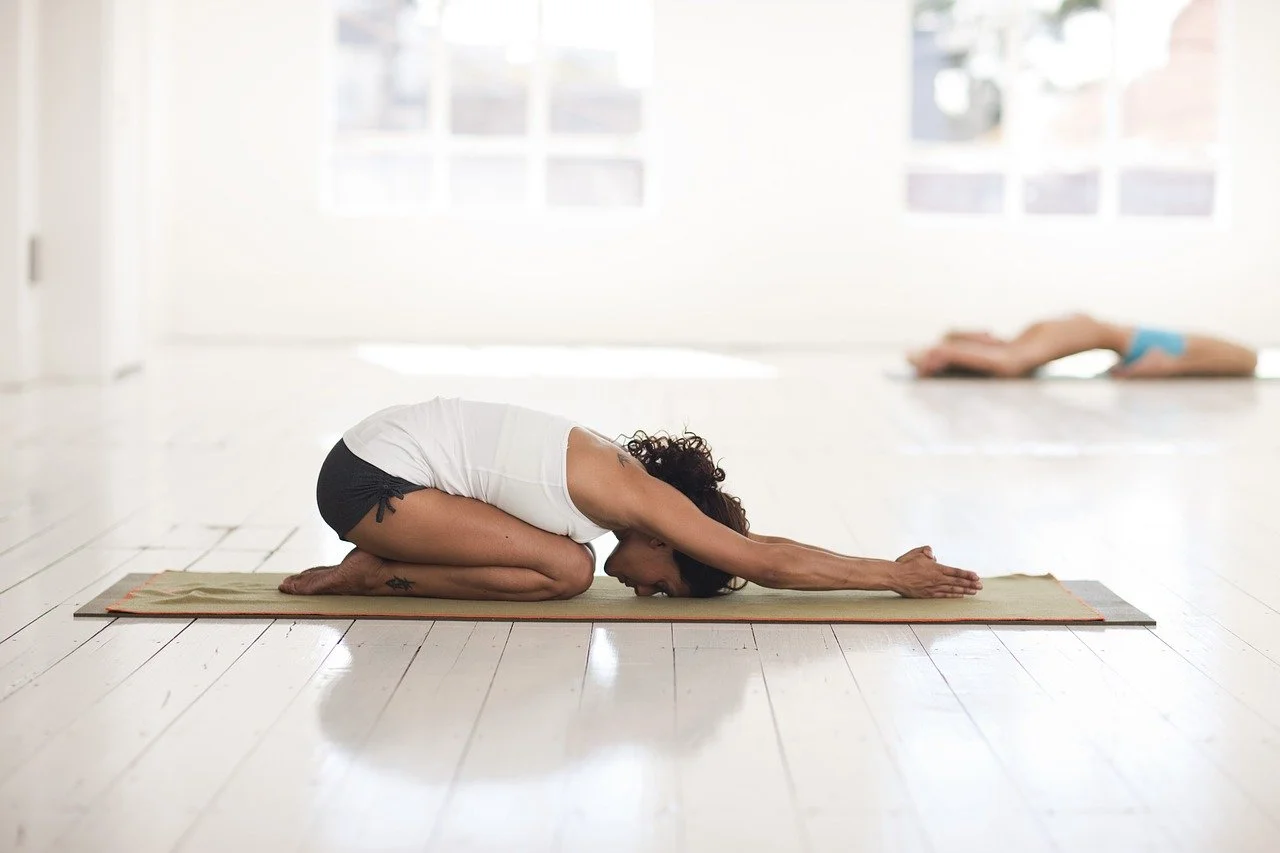
Yoga Child’s Pose Is Great For Relieving Low Back Pain
8. Running Downhill: Use Smaller Steps and Limit When Possible
Running downhill can put significant pressure on the lower back, especially if the core muscles are not properly engaged. For runners who already experience back pain, it is best to avoid steep descents when possible.
How to Run Downhill Safely
- Shorten your stride. Take smaller, quicker steps to stay in control, particularly on steep terrain.
- Lean slightly forward. Many runners instinctively lean back, but this increases strain on the joints and lower back. A gentle forward lean helps absorb impact more effectively.
- Engage your core. Actively tighten your core muscles to stabilize your spine and reduce stress on the lower back.
- Walk when needed. If the hill is too steep or you feel discomfort, slow down and walk. Protecting your back is more important than maintaining speed.
If You Already Have Back Pain
If you are running with mild back pain or returning after recovery, choose flat, soft surfaces such as trails, grass, or tracks. Avoid pavements, uneven terrain, and routes with frequent ups and downs until your back feels strong again.
By adjusting technique and choosing the right surfaces, you can minimize the risk of aggravating back pain and make running more comfortable.
💡 By adjusting technique and choosing the right surfaces, you can minimize the risk of aggravating back pain and make running more comfortable.
➤ Key Takeaways for Preventing Lower Back Pain While Running
Lower back pain does not have to interfere with your training. By focusing on a few essential habits, you can keep your spine supported and enjoy running more comfortably:
- Wear suitable running shoes and consider insoles if needed.
- Add strength training, especially for the core, glutes, hips, and hamstrings.
- Warm up properly and include spine-friendly mobility work.
- Avoid overtraining by balancing hard runs with rest and recovery.
- Prioritize quality sleep and the right mattress.
- Maintain good running form, paying attention to posture and foot strike.
- Use yoga or flexibility work to reduce tension and support recovery.
- Be cautious on downhills and choose flat, soft surfaces if you already have back pain.
Taking care of your body both on and off the road will not only reduce back pain but also make you a stronger and more resilient runner.
📌 Taking care of your body both on and off the road will not only reduce back pain but also make you a stronger and more resilient runner.
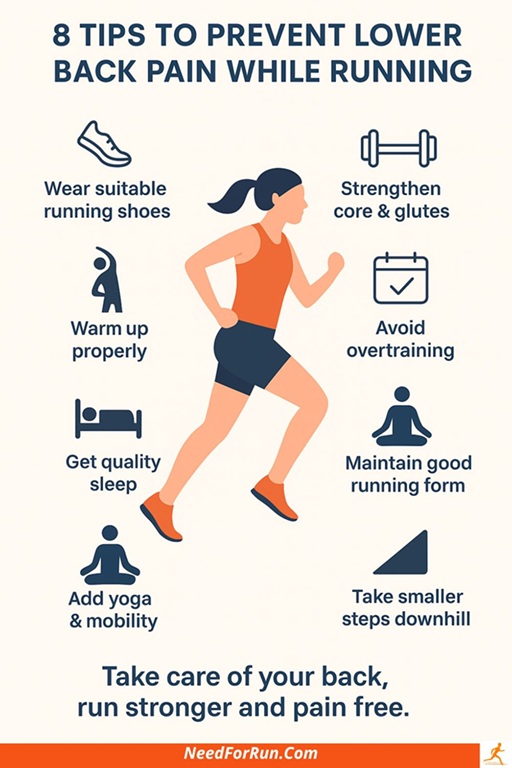
🙋Common Questions About Running and Lower Back Pain
Many runners have similar concerns about back pain and how it relates to their training. Here are some of the most common questions and clear answers to help you run with confidence.
No. Research shows that runners generally have fewer back problems than non-runners. Running itself is not harmful to your back, but poor form, weak muscles, or overtraining can increase the risk of lower back pain.
The most common causes are muscle strains, poor posture, hyperlordosis, weak core muscles, or spinal disc wear. Running on hard surfaces or with worn-out shoes can also contribute to pain.
Prevention strategies include wearing suitable shoes, strengthening the core and glutes, maintaining proper running form, avoiding overtraining, doing a good warm-up, and including flexibility practices like yoga.
If the pain is mild, you may continue with caution by running on flat, soft surfaces and avoiding hills. However, if the pain is severe, persistent, or accompanied by other symptoms, it is best to rest and consult a healthcare professional before resuming running.
Flat and soft surfaces such as grass, dirt trails, or running tracks are best. These reduce impact on the spine compared to pavements or uneven terrain with frequent ups and downs.
➤ References
- T Videman, S Sarna, M C Battié, S Koskinen, K Gill, H Paananen, L Gibbons (1995): “The Long-Term Effects of Physical Loading and Exercise Lifestyles on Back-Related Symptoms, Disability, and Spinal Pathology Among Men“. Published by Spine Journal. https://journals.lww.com/spinejournal/Abstract/1995/03150/The_Long_Term_Effects_of_Physical_Loading_and.11.aspx
- “Everything You Need to Know About Hyperlordosis“. Published by Healthline’s Medical Affairs. Medically reviewed by William Morrison, M.D. — By Marjorie Hecht — Updated on September 2, 2018. https://www.healthline.com/health/hyperlordosis
- Chaunie Brusie, Jason M. Highsmith, MD Neurosurgeon (Aug 24, 2021): “Degenerative Disc Disease Symptoms, Causes, Treatments and More“. Published on SpineUniverse .
https://www.spineuniverse.com/conditions/degenerative-disc-disease - Rice, Hannah M.; Jamison, Steve T.; Davis, Irene S. (2016): “Influence of Footwear and Foot Strike on Load Rates during Running“. Published on Medicine & Science in Sports & Exercise.
https://journals.lww.com/acsm-msse/Fulltext/2016/12000/Footwear_Matters__Influence_of_Footwear_and_Foot.14.aspx - Hylton B. Menz, Alyssa B. Dufour, Jody L. Riskowski, Howard J. Hillstrom, and Marian T. Hannan (2013) “Foot posture, foot function and low back pain: the Framingham Foot Study“. Rheumatology 52(12) pp2275–2282. Available on: https://academic.oup.com/rheumatology/article/52/12/2275/1802417
- “Prevent Back Pain” (2021). Published on: Healthfinder.gov. Provided by: U.S. Department of Health and Human Services.
https://health.gov/myhealthfinder/healthy-living/safety/prevent-back-pain - Henry Halse (2019): “Pre-Workout Stretches to Protect the Back“. Published on LIVESTRONG.com.
https://www.livestrong.com/article/106856-warmup-exercises-protect-back/ - Rory McAllister (2022): “Is Heel Striking Dangerous? The Latest Research On Heel Strike Vs Forefoot Running“. Published in Marathon Handbook.
https://marathonhandbook.com/forefoot-vs-heel-strike-running/ - “The 10 Best Yoga Poses for Back Pain“. Published by Healthline’s Medical Affairs. Medically reviewed by Gregory Minnis, DPT, Physical Therapy — By Emily Cronkleton — Updated on August 25, 2020. https://www.healthline.com/health/fitness-exercise/yoga-for-back-pain

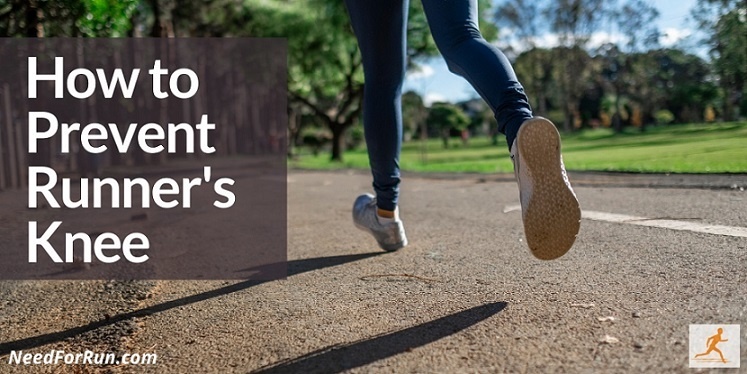
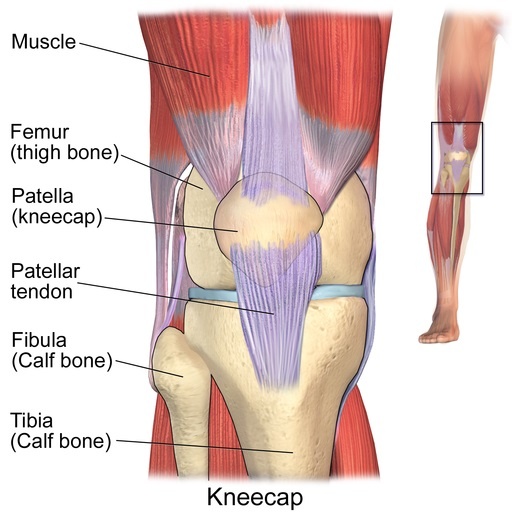
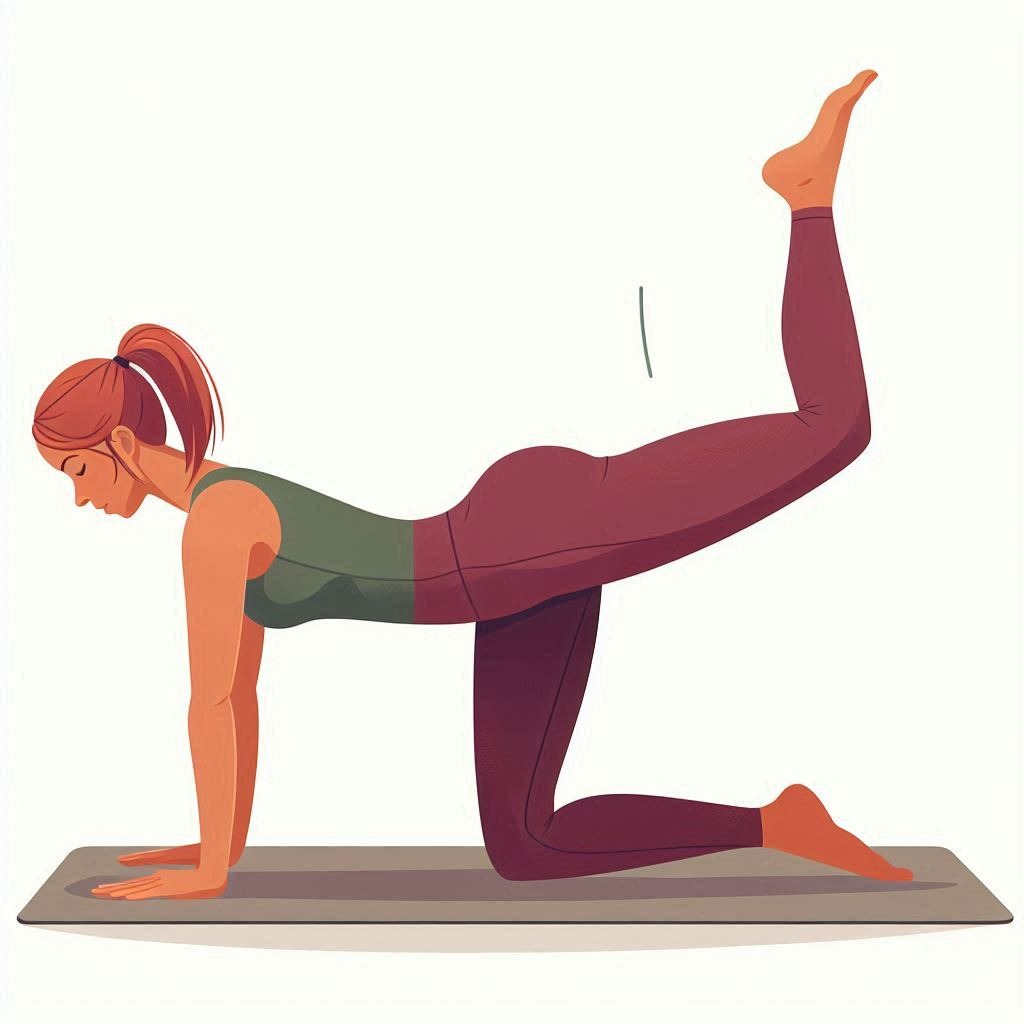
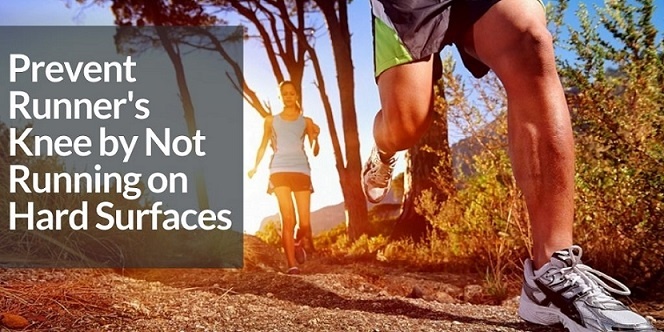


 Wall Squats build strength while protecting your knees.
Wall Squats build strength while protecting your knees.